Asteroid Teutonia: A Metal-rich Asteroid

Introduction
Asteroids are fascinating celestial objects that have captivated scientists and researchers for centuries. One such asteroid that has garnered significant attention is Teutonia, a metal-rich asteroid that holds great significance in the study of our solar system. In this article, we will explore the various aspects of Asteroid Teutonia, including its composition, history, and potential implications for future space exploration.
Asteroid Composition

Overview
Asteroid Teutonia, classified as a C-type asteroid, is primarily composed of metal-rich materials. Its composition is believed to be mainly made up of nickel and iron, making it a valuable source of these elements. This metal-rich nature sets Teutonia apart from other asteroids in terms of its potential industrial and scientific value.
Composition Analysis
Through spectroscopic analysis, scientists have been able to determine the composition of Teutonia. The asteroid is characterized by a high reflectivity, indicating its high metal content. This metal composition suggests that Teutonia may have originated from the metallic core of a larger body, which later broke apart due to collisions with other celestial objects.
Implications for Future Space Exploration
The abundance of metals in Teutonia makes it an attractive target for future asteroid mining missions. Mining asteroids for their resources could provide a sustainable solution to resource scarcity on Earth and enable the development of space-based industries. The discovery of metal-rich asteroids like Teutonia opens up possibilities for extracting valuable resources while reducing the need for terrestrial mining.
History and Discovery
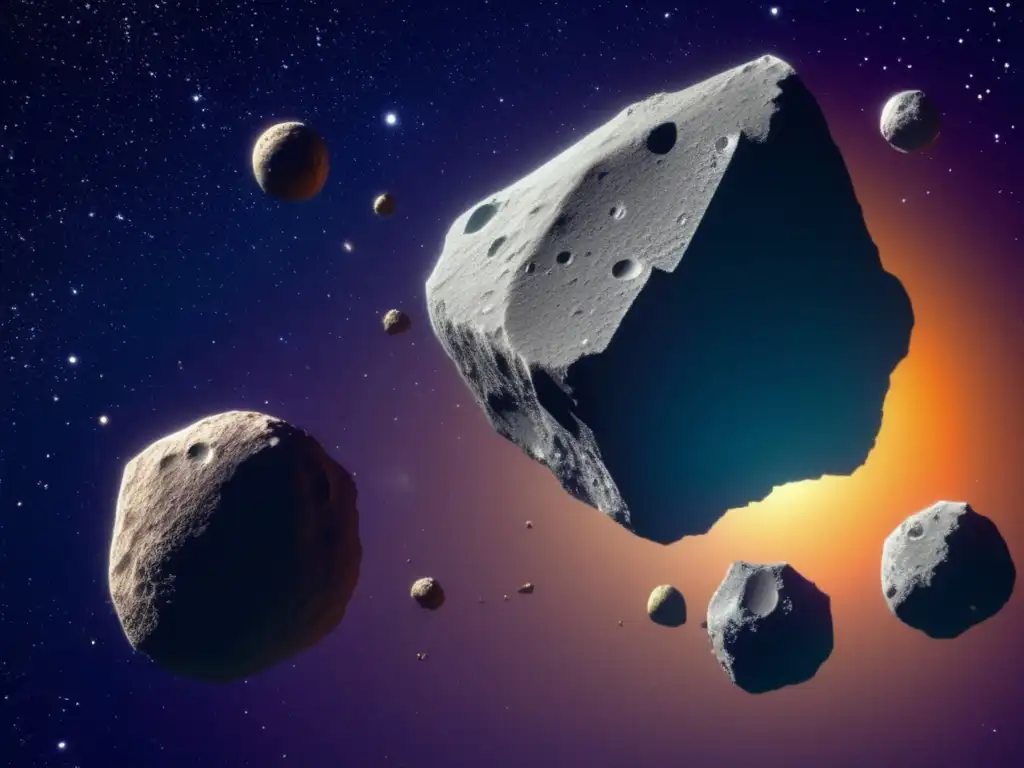
Discovery
Asteroid Teutonia was discovered on January 5, 1896, by German astronomer Max Wolf at the Heidelberg Observatory in Germany. The asteroid is named after Teutonia, the Latin name for Germany, to honor its discovery by a German astronomer.
Characteristics and Orbit
Teutonia has an estimated diameter of approximately 25 kilometers and orbits the Sun in the main asteroid belt between Mars and Jupiter. Its orbital period is around 5.5 years, and it follows a slightly elliptical path.
Potential Scientific Research
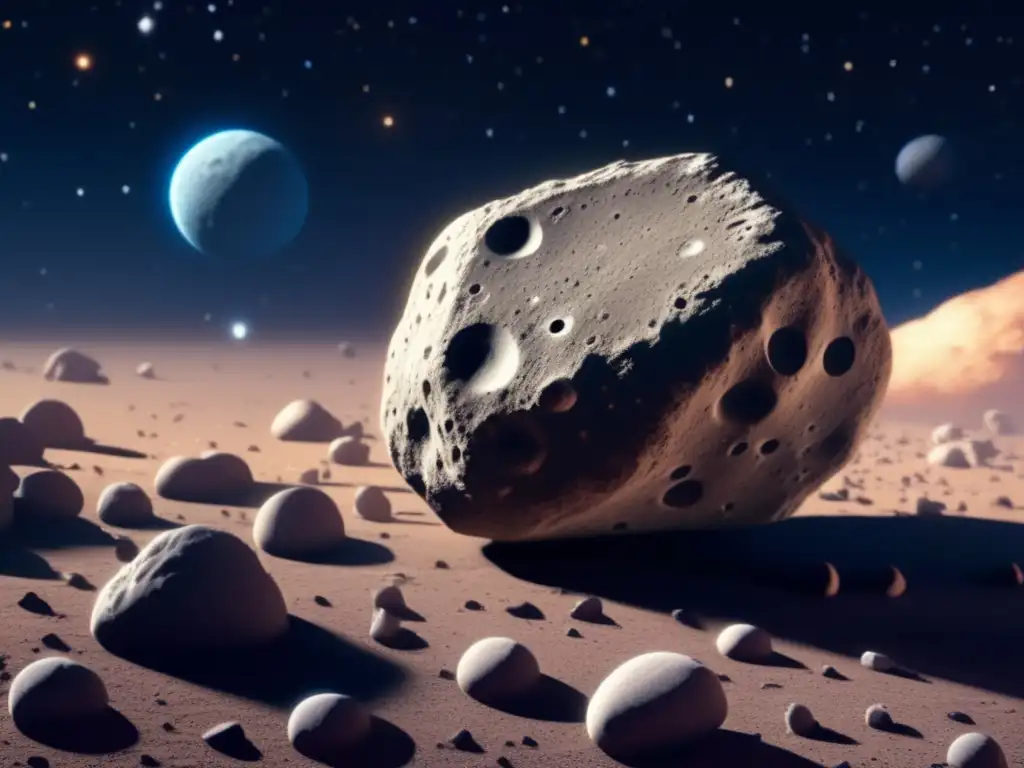
Geological Studies
Studying the composition and structure of Teutonia can provide valuable insights into the geological history of the early solar system. By analyzing its metal-rich nature, scientists can gain a better understanding of the processes involved in the formation and evolution of asteroids.
Impact and Collision Studies
Teutonia's metallic composition also makes it an interesting subject for impact studies. Investigating its surface features and analyzing the effects of past collisions can help scientists refine their understanding of asteroid impacts and their potential consequences for Earth and other celestial bodies.
Frequently Asked Questions
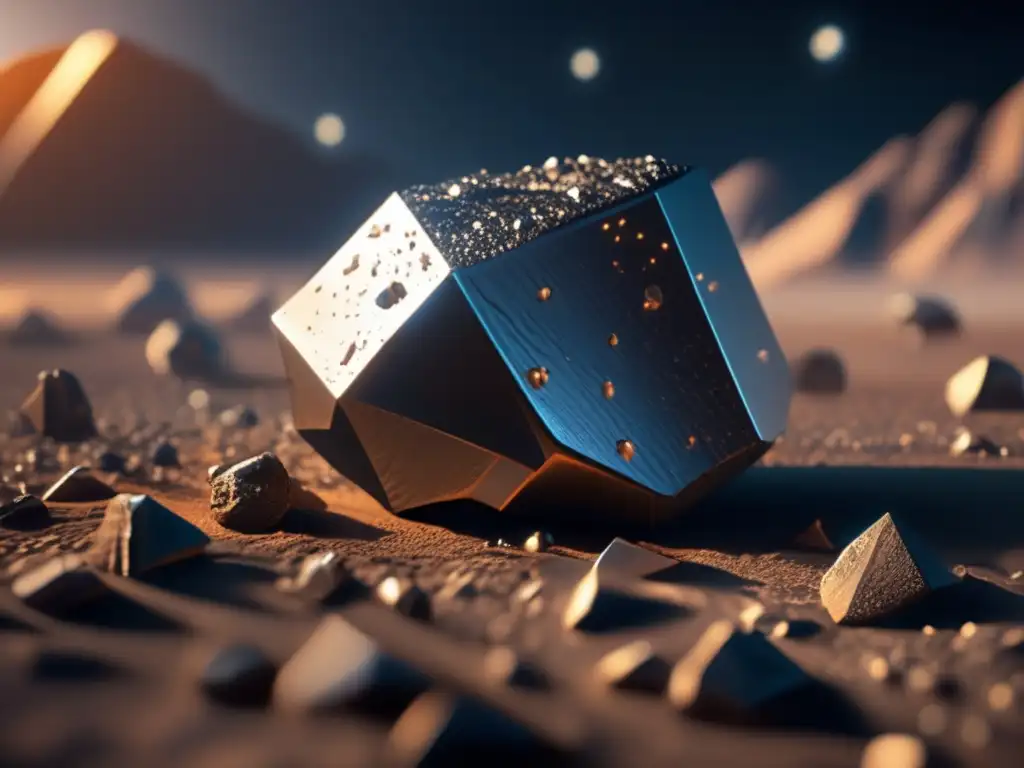
-
Q: How was Asteroid Teutonia discovered?
A: Asteroid Teutonia was discovered on January 5, 1896, by German astronomer Max Wolf at the Heidelberg Observatory in Germany.
-
Q: What is the composition of Asteroid Teutonia?
A: Asteroid Teutonia is primarily composed of metals, particularly nickel and iron.
-
Q: Why is Asteroid Teutonia significant for space exploration?
A: Asteroid Teutonia's metal-rich composition makes it an attractive target for future asteroid mining missions, which could provide valuable resources for space-based industries.
-
Q: How can studying Teutonia help us understand the early solar system?
A: By analyzing Teutonia's composition and structure, scientists can gain insights into the geological processes that shaped the early solar system.
-
Q: What are the potential consequences of asteroid impacts?
A: Studying Teutonia's surface features and analyzing past collisions can help scientists better understand the effects and implications of asteroid impacts on Earth and other celestial bodies.
Conclusion
Asteroid Teutonia, with its metal-rich composition and significance for future space exploration, offers valuable opportunities for scientific research and resource extraction. Unlocking the mysteries of Teutonia can shed light on the early solar system's formation and improve our understanding of potential asteroid impacts. As we continue to explore and study asteroids like Teutonia, we move closer to unraveling the secrets of our cosmic neighborhood and expanding our horizons in space.
We encourage you to share your thoughts and engage with www.asteroidrealm.com by subscribing, sharing this article on social networks, or leaving a comment below. Thank you for your time and interest in asteroids!
Additional Resources
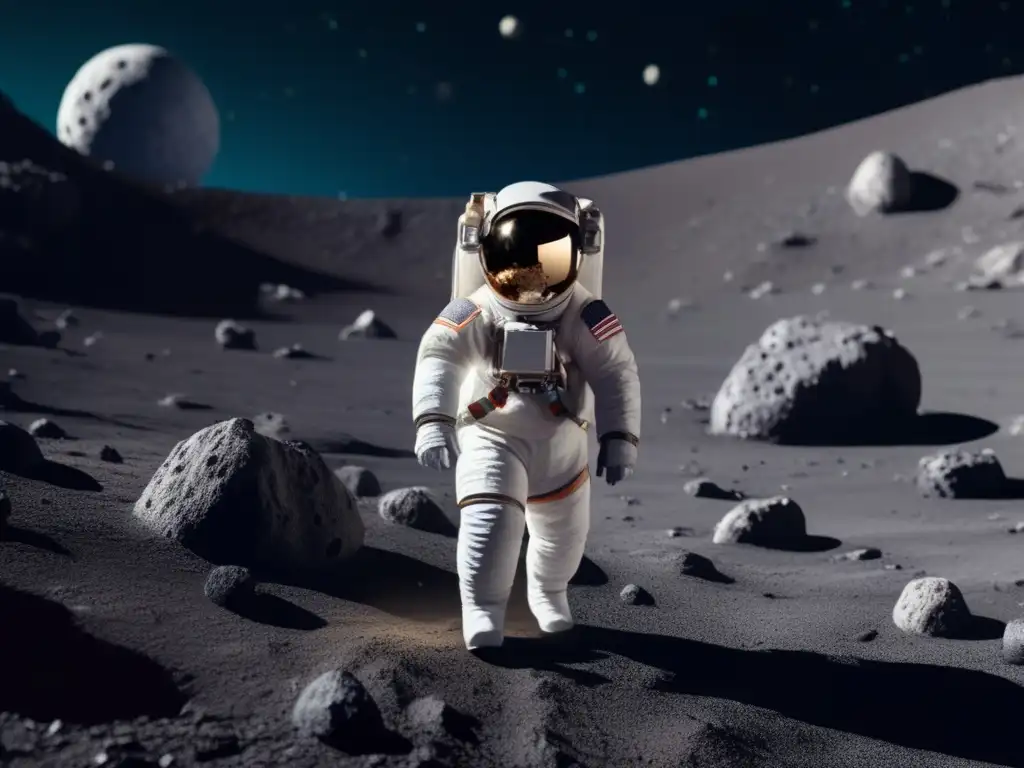
For more information about asteroids and space exploration, check out these additional resources:
- Asteroid Facts and Figures - NASA
- Asteroid Mining - Planetary Resources
- Impact Cratering Research Group - University of Freiburg
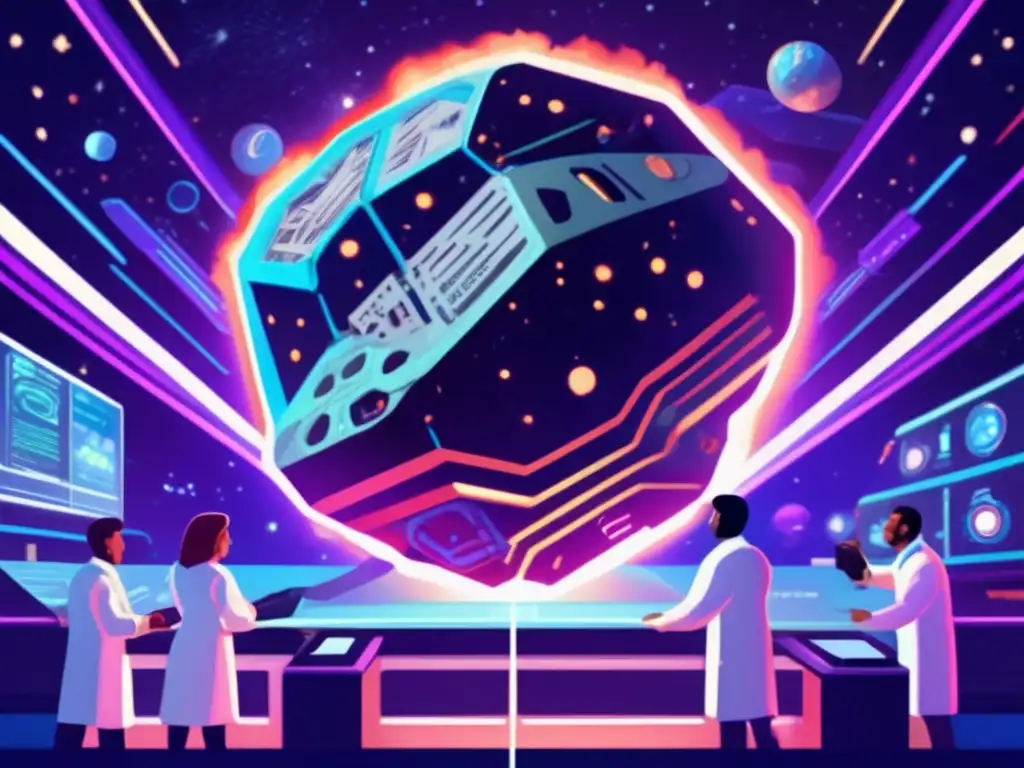 The Story Behind The Asteroid Pandora
The Story Behind The Asteroid Pandora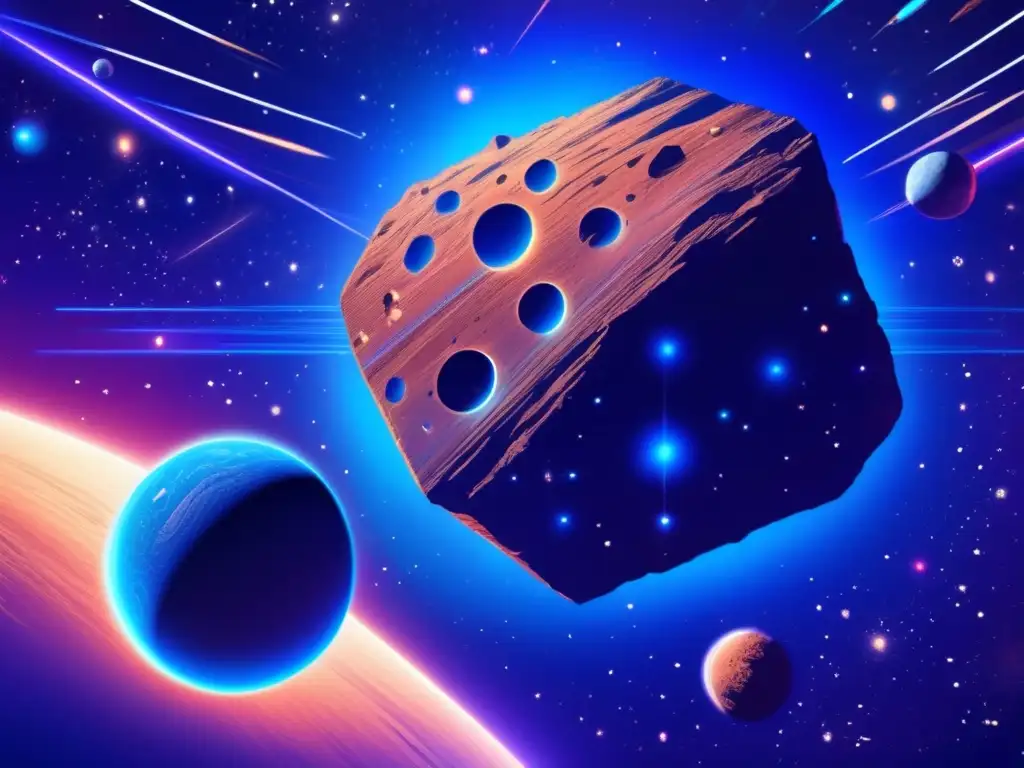 The Mystery Of The Asteroid Metis
The Mystery Of The Asteroid Metis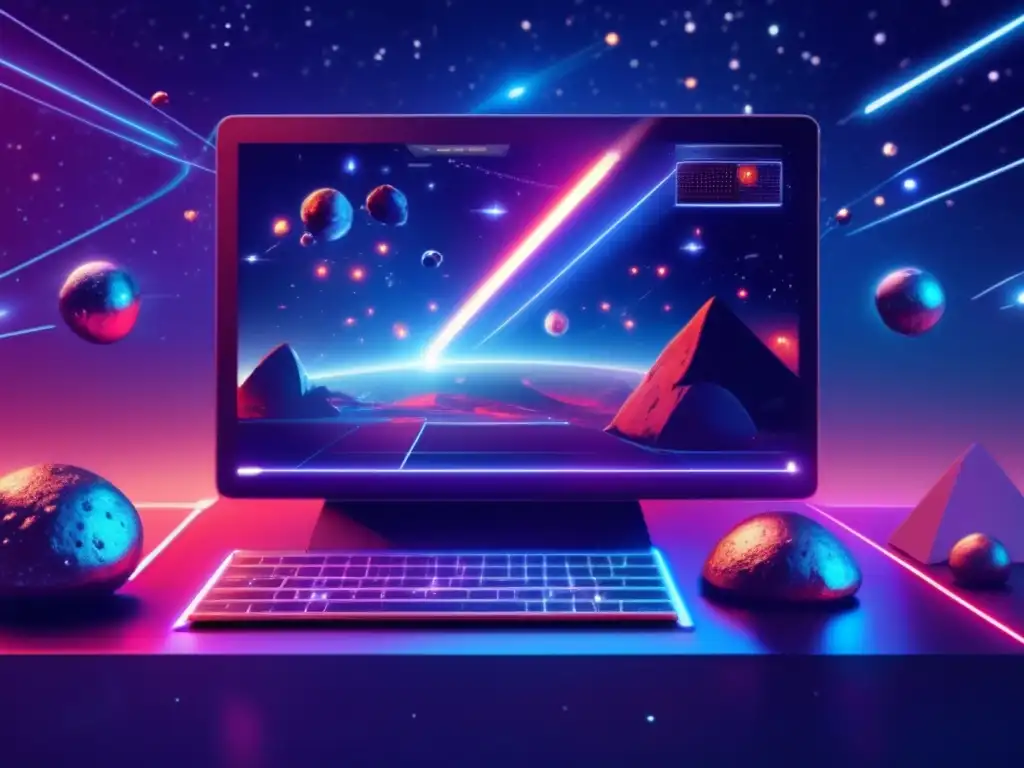 What Makes Asteroid Circe Stand Out?
What Makes Asteroid Circe Stand Out?If you want to discover more articles similar to Asteroid Teutonia: A Metal-rich Asteroid, you can visit the Asteroid Profiles category.
Leave a Reply

Articulos relacionados: